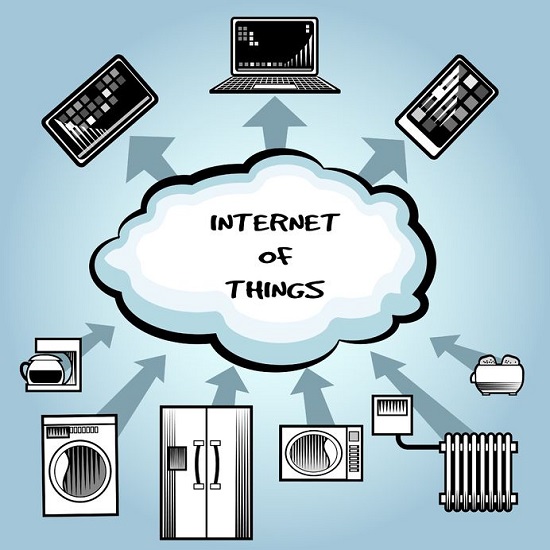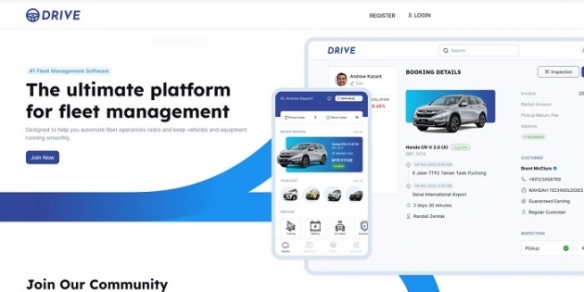APAC cities to kickstart pervasive IoT adoption in 2015: IDC
By Digital News Asia February 6, 2015
- Transformation however not just about technology, must look at entire govt ecology
- Less than 5% of authorities recognise financial and economic value of data assets

IDC Government Insights predicts that several regional authorities will develop new sourcing models for transformational ICT such as ‘third platform technologies’ (cloud, big data, mobility and social business); smart city programmes; and for connected smart machines and intelligent sensors leading to the eventual construct of Internet of Things (IoT) landscapes.
The very premise of the third platform landscape fundamentally acknowledges the value of digital data as a strategic asset, IDC said in a statement.
While data assets are being collected, analysed and used more pervasively, IDC Government Insights notes that alarmingly, less than 5% of government authorities are aware of or have made plans to recognise the financial and economic value of these resources.
With public sectors being the largest custodians of citizenry data, there is no better time than now to commence upon the economic quantification, valuation and recognition of information assets, the research and analyst firm said.
IDC Government Insights is the practice at IDC that assists government policy, programme, and IT leaders, as well as the suppliers who serve them, in making more effective technology decisions.
More details are available in the IDC Government Insights report, Asia/Pacific Public Sector Predictions 2015: Innovation in Government (Doc # AP250931, January 2015), which reveals major trends that will impact public sector IT investments across Asia Pacific in 2015.
Asia Pacific public sectors are under constant pressure to enhance their end-to-end stakeholder experiences; increase productivity and resources optimisation; as well as rethink the way their employees work.
“The third platform landscape holds an almost unlimited potential to help public sector organisations to deliver new transformative capabilities in all fields of strategic and operational undertakings,” said Gerald Wang, research manager, IDC Government Insights, Asia Pacific.
“Simultaneously, they are expected to continually help public sector organisations maintain proper controls for considerations such as increased transparency, better accountability and aiding value-for-money decisions.
“ICT is ultimately an enabler of organisational transformation. It is, however, most definitely not the technology but the harmony of the entire government ecology that brings about effective public sector transformation – one that will reap benefits for both the private and public spheres.
“Therefore, the focus on outcomes-based justifications and goals should always be the primary objective of any public sector ICT undertaking,” he added.
Key findings from the IDC report:
Asia Pacific city governments are expected to bring about the first wave of IoT adoptions with initiatives aimed at improving city management operations as well as e-services deliveries, IDC said.
Notably, fund-raising and investments in IoT will become much clearer in 2015 as prices of sensors continue to fall and the value-added services from suppliers continue to grow.
2) 25% of healthcare organisations will invest in mobility including consumer-facing mobile applications, wearables, and remote health monitoring in 2015.
Consumer expectations of convenience, choice, customisation, and control when interacting with healthcare organisations is growing based on their experience with other high-touch, customer-centric industries such as retail, hospitality, and financial services.
Like these industries, healthcare will also embrace omnichannel strategies to provide a consistent experience across phone calls, actual visits, organisation website, or mobile apps.
While using a unique user identity to access test results on a patient portal has been available in many countries in the region, as technologies develop, and as prescribed wearables become more common, they will be used to feed health monitoring data into the patient portals to manage chronic conditions.
3) The region will see a greater uptake of smart education and personalised learning initiatives.
The ‘internationalisation’ of education has fast become a trend in today’s education systems.
Especially at the tertiary levels, the base location of the university is often different from the location of students.
At the same time, students are increasingly being exposed to technology in their everyday lives, especially social media, and are increasingly expecting to drive their own educational experience.
In this mobile world, ICT has taken on a new significance in transcending the borders and give access to relevant content to students, irrespective of their geographical locations.
In the emerging economies in the region, personalised learning will manifest itself through the increase in uptake of m-learning. In mature economies, especially at the tertiary level, ICT is not only supporting seamless access to content, but also triggering a new model of learning that is more personalised.
Related Stories:
Asia Pacific to be the frontline for IoT: IDC
Malaysia sets up industry-led IoT data centre and research lab
The 3rd Platform and the future of emerging Asean
LTT Global aims to deliver ‘education for all’ via mobile
For more technology news and the latest updates, follow us on Twitter, LinkedIn or Like us on Facebook.


